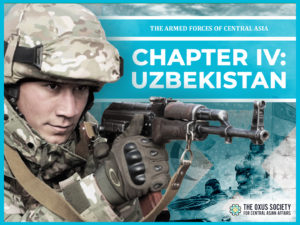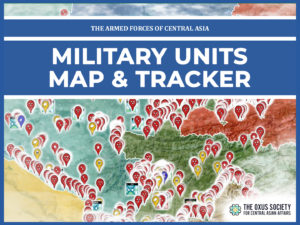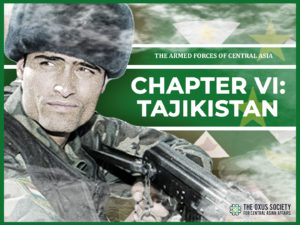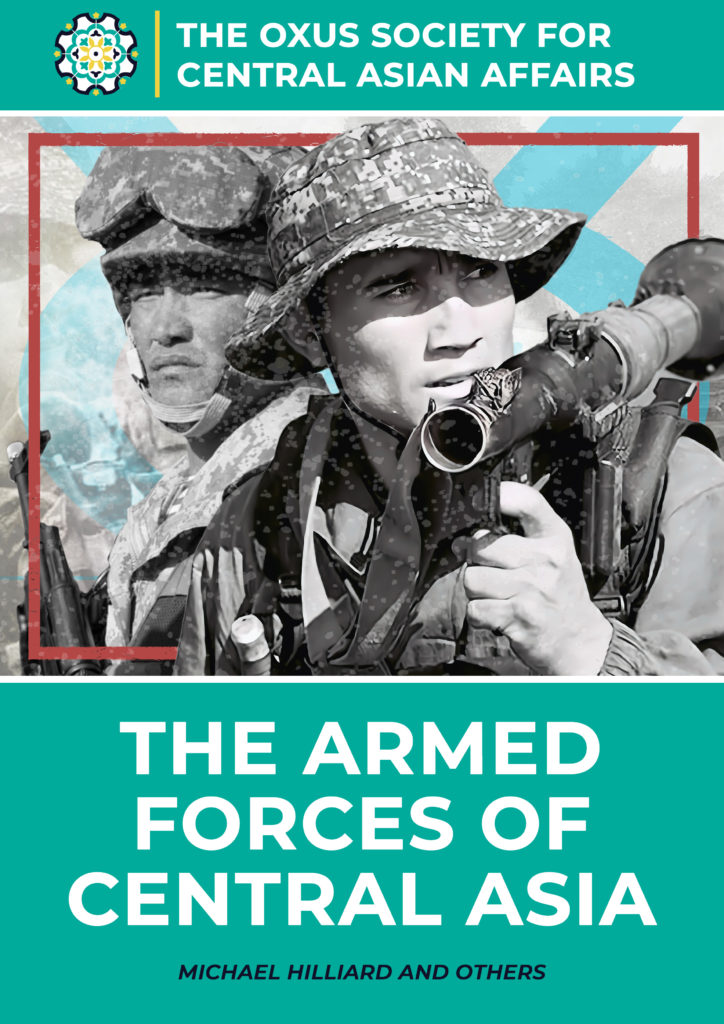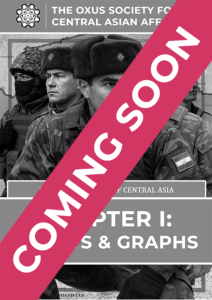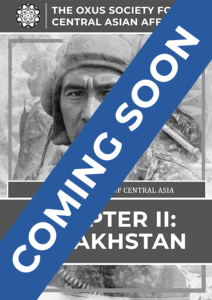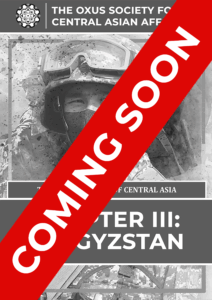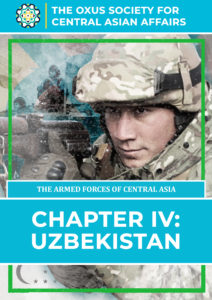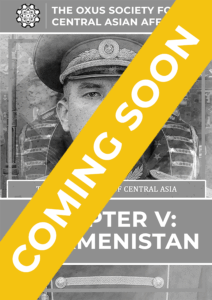THE ARMED FORCES OF CENTRAL ASIA
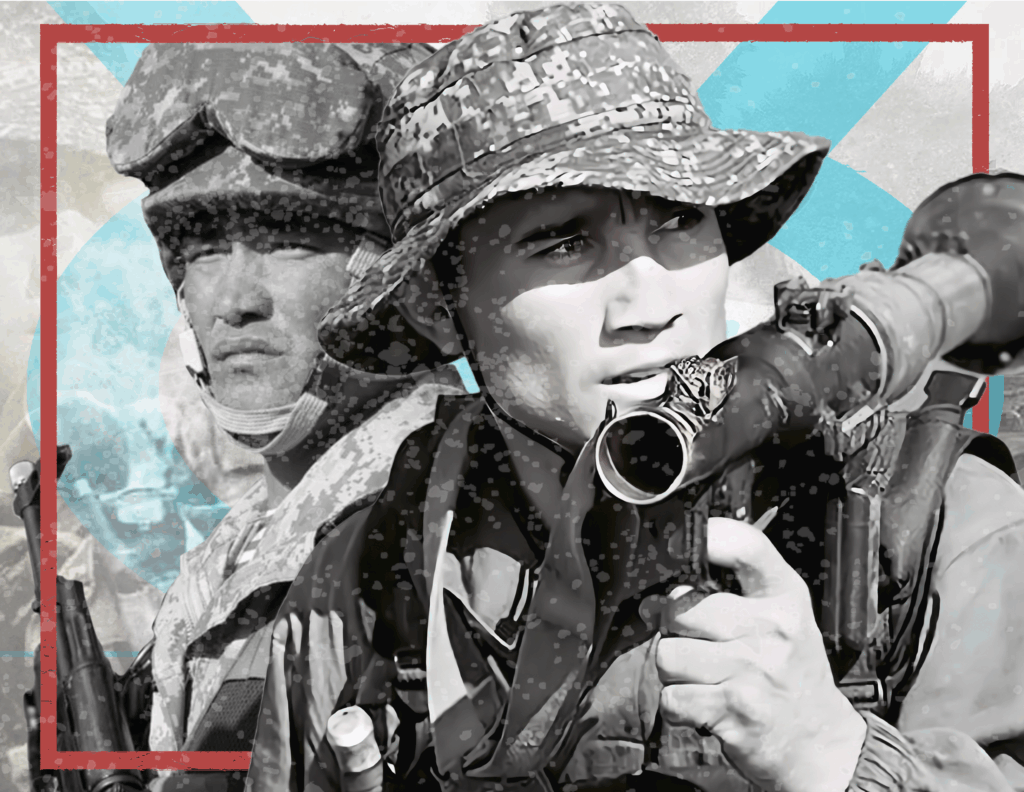
The Armed Forces of Central Asia is a comprehensive research project mapping military infrastructure and force structures across the region. This multi-chapter series provides detailed analysis of each country’s armed forces, complemented by an interactive map displaying thousands of military locations and units. Access individual country reports, explore our interactive mapping platform, and discover insights into Central Asia’s evolving security landscape.
LATEST RELEASE
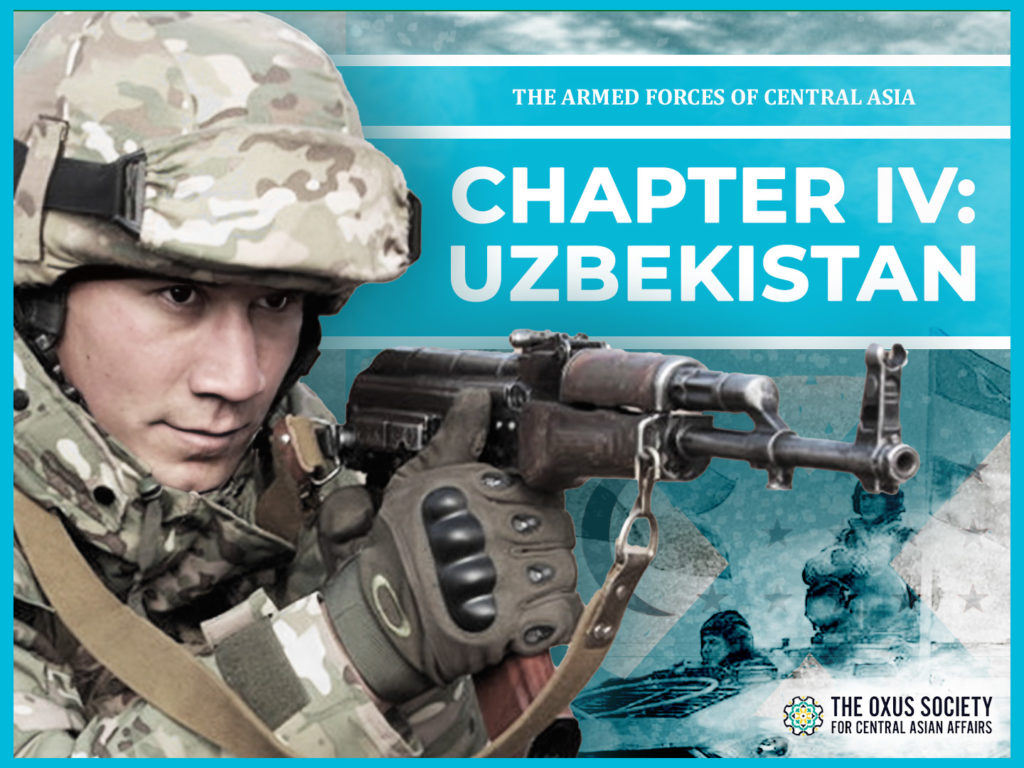
CHAPTER IV: UZBEKISTAN
Uzbekistan has traditionally been viewed as Central Asia’s leading military power, though recent trends show Kazakhstan gaining ground in spending and modernisation. This chapter examines Uzbekistan’s command structure, force composition, and procurement policies, alongside challenges in logistics and regional flashpoints such as Karakalpakstan and the Fergana Valley. It provides a clear overview of how Uzbekistan’s defence posture is adapting to shifting regional dynamics.
DOWNLOAD CHAPTER
READ CHAPTER
PRIOR RELEASES
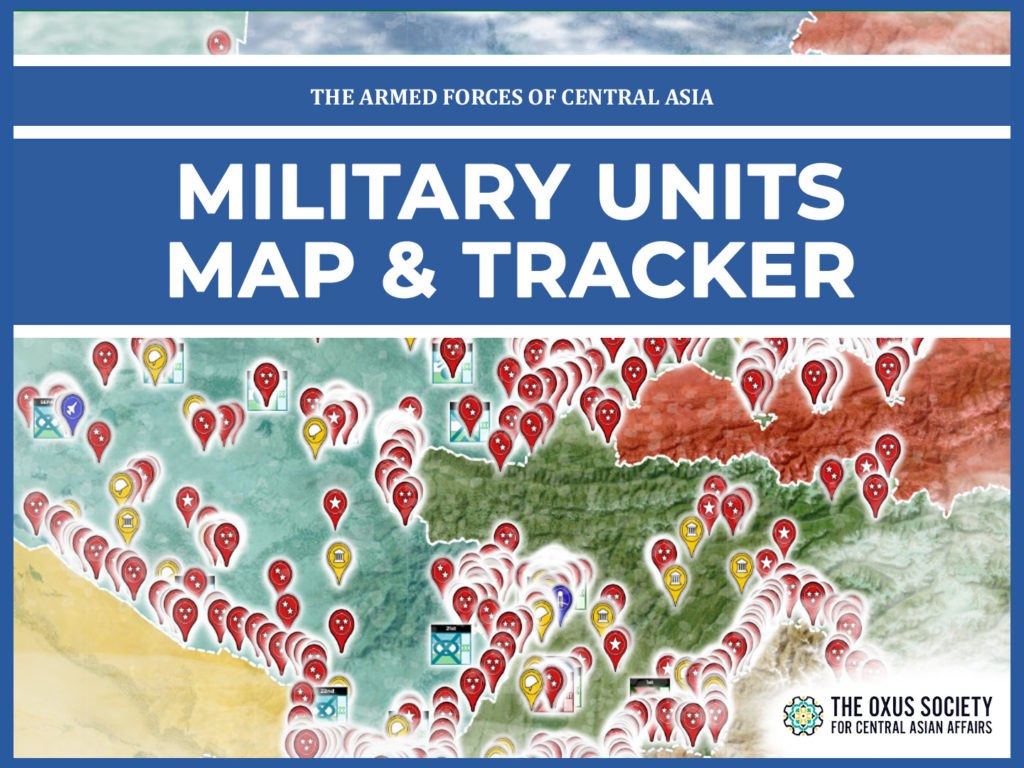
MILITARY UNITS & MAP TRACKER
The Oxus Society has compiled the most comprehensive collection of military maps currently available on Central Asia, identifying over 4,500 military and security sites across all five republics. These maps provide an unparalleled resource for understanding the region’s defence landscape, from bases and airfields to border posts and specialised facilities. Explore the full collection for yourself by clicking the link below.
FULL PAGE MAP
EMBEDDED MAP
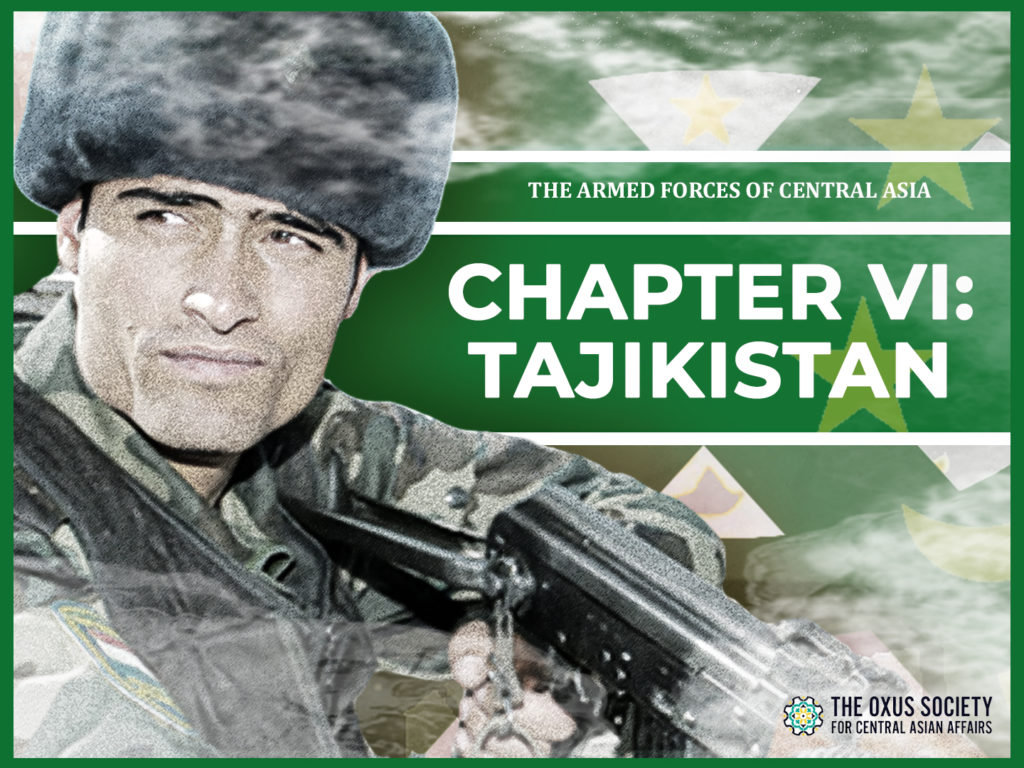
CHAPTER VI: TAJIKISTAN
Tajikistan maintains the smallest armed forces in Central Asia but operates in one of the region’s most complex security environments. This chapter explores the country’s command structure, force composition, and defence doctrine, shaped by the legacy of civil war and recurring clashes in areas such as Batken and Gorno-Badakhshan. It offers a clear overview of Tajikistan’s reliance on foreign security support and the challenges this poses for its future defence posture.
DOWNLOAD CHAPTER
READ CHAPTER
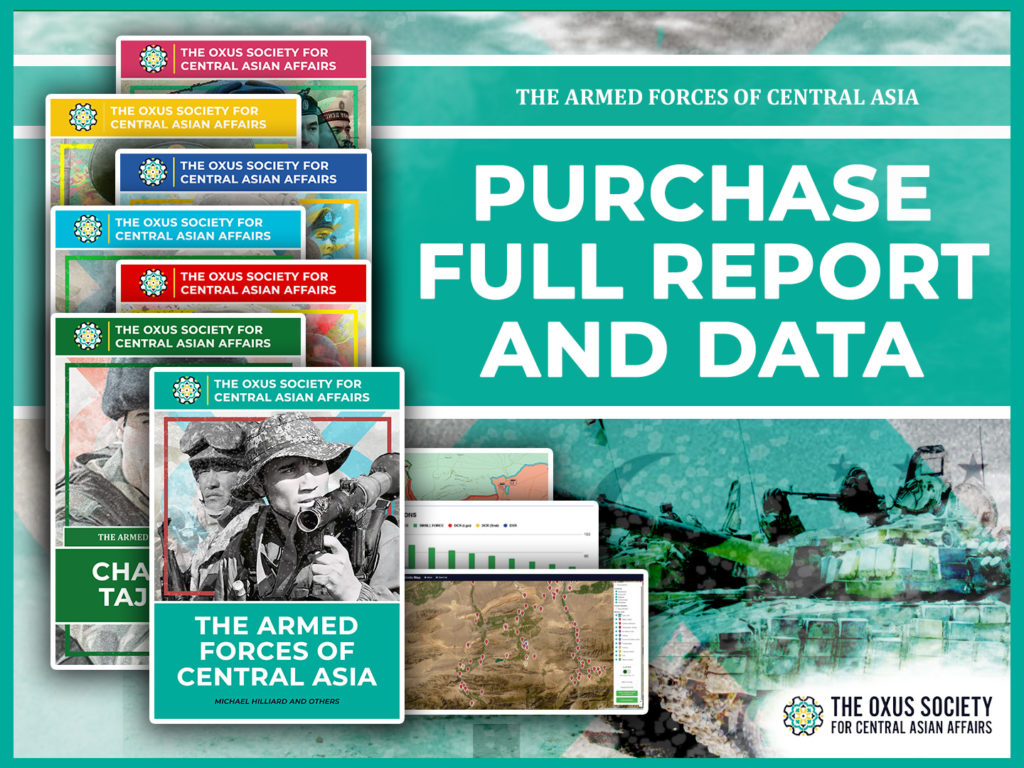
PURCHASE FULL REPORT & DATA
While the public reports and maps share a significant portion of our findings, the complete datasets are available exclusively through the Oxus Society. These include detailed spreadsheets, full orders of battle, wargaming modules, research notes, sourcing, and extended analysis. For access to the full package, please inquire with us here.
MEDIA

AFOCA PART II:
WARGAMING REGIONAL CONFLICTS
In part two, we wargame three plausible regional conflict scenarios to reveal how Central Asian militaries might respond to peer rivals. Produced by the Red Line podcast. the discussion highlights critical constraints, from limited logistics to geography, offering rare insights into the region’s defense preparedness.

AFOCA PART I:
TAJIKISTAN AND REGIONAL COMMAND STRUCTURES
The first installment of a mini-series explores Tajikistan’s military, from complex command structures to the hidden factors shaping doctrine, equipment, and operations. Produced by the Red Line podcast, an expert panel unpacks the challenges facing Tajikistan’s armed forces and their growing role in Central Asian security dynamics.
CONTACT AUTHORS
Project Lead:
Michael Hilliard
Director of Defence and Security Analysis
Email:
michaelhilliard@oxussociety.org

